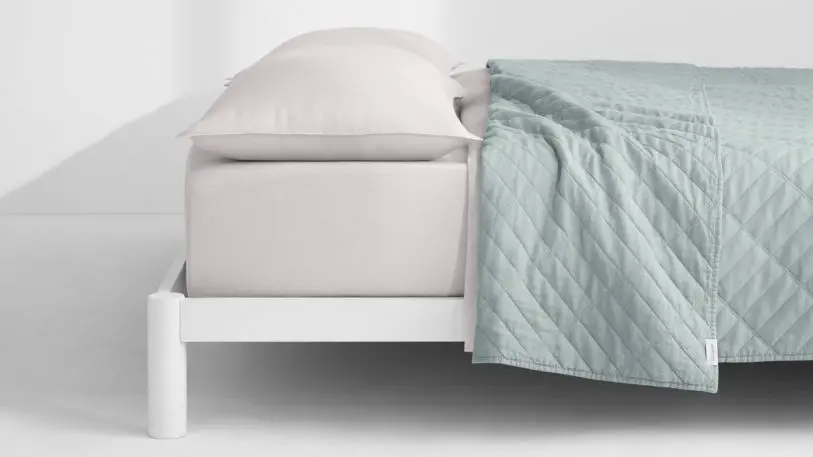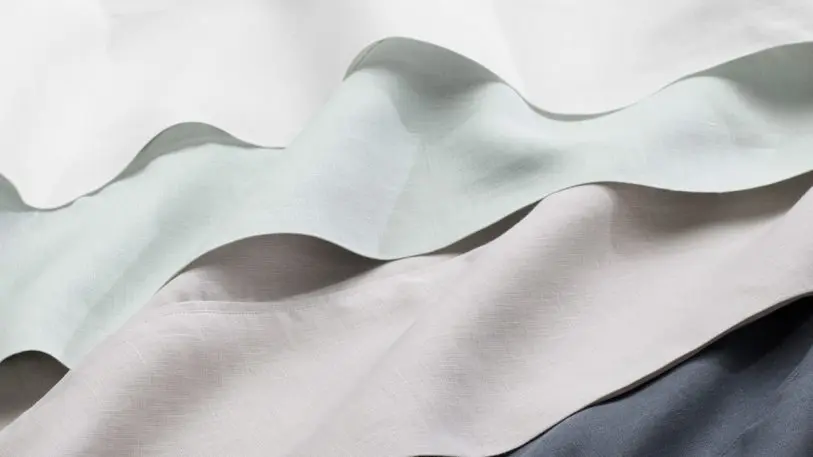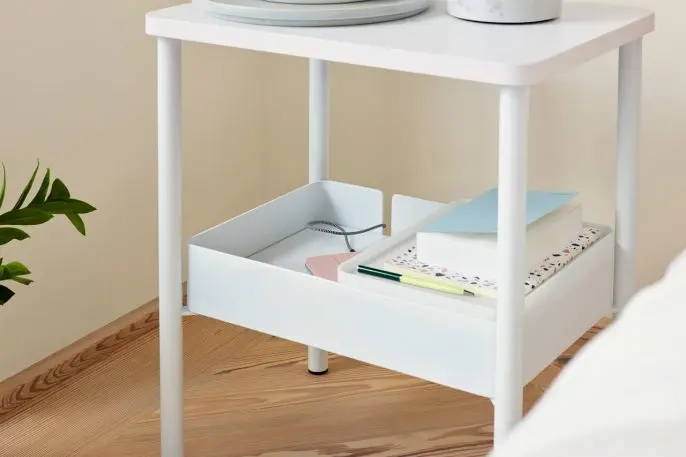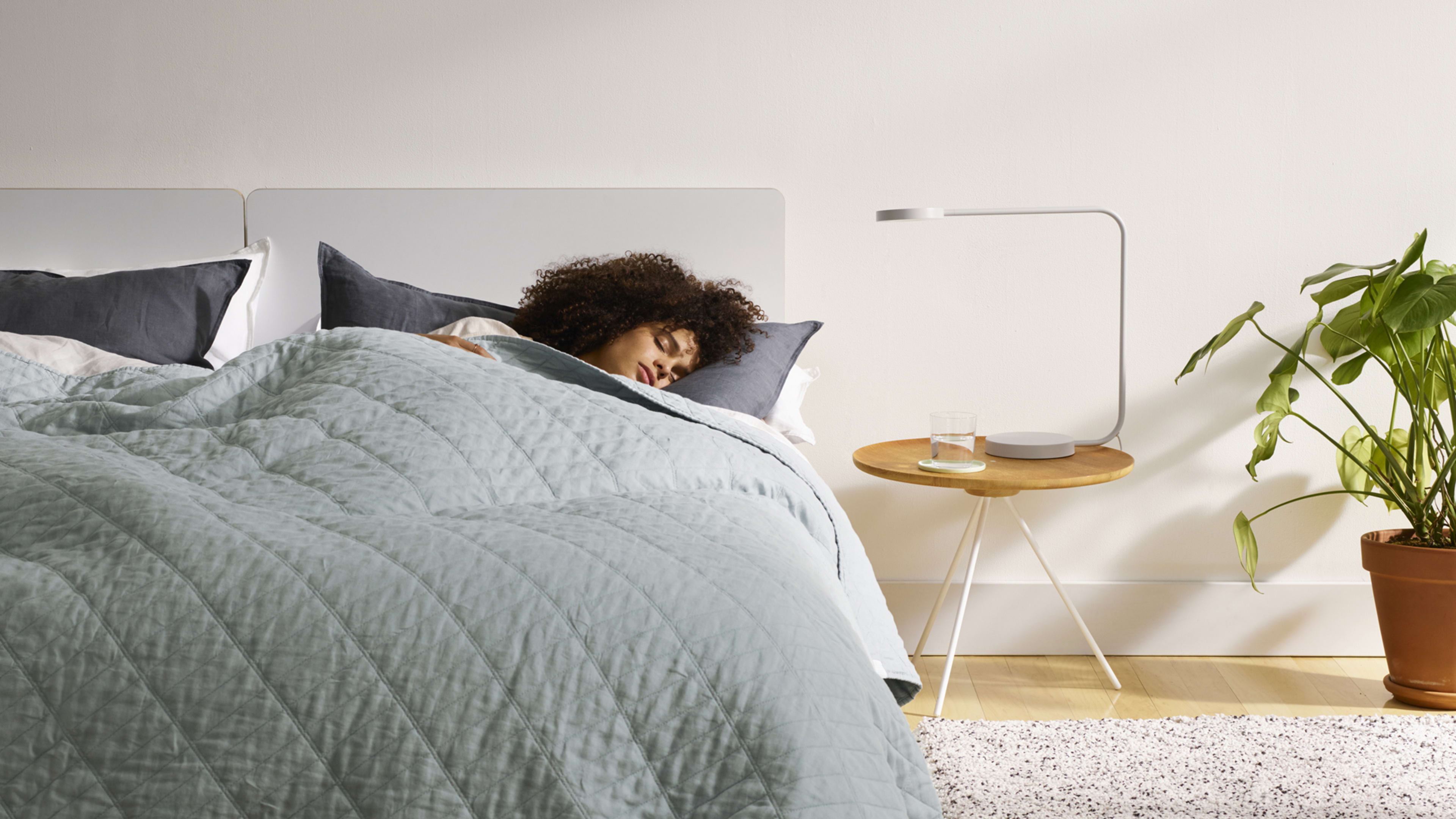Casper may be among the best-known mattress brands on the internet, but its founders sure aren’t getting much rest. Take Jeff Chapin, one of the brand’s five cofounders, and the current head of product, who’s been working hard to develop a slew of new products. “I think our employees are a little tired but also very excited,” he told me in a recent interview.
Related: The $29 billion battle to own how America sleeps is heating up
Over the last two weeks, the brand has released new bedsheets, blankets, and duvets, as well as more unexpected products like bedside tables, that took months of consumer research and testing to bring to market. It’s a different approach for a brand that launched in 2014 with one single product: A mattress designed to be universally comfortable.
“There’s no question that where we started was the absolute simplest place we could ever be,” says Chapin. “We had a three-page website that sold one product in six sizes. We’re still pushing for simplified choice, but our mission is around getting people better sleep, and I don’t think we can do that with just one product.”

Chapin oversaw the development of these new items in Casper’s year-old state-of-the-art facility called Casper Labs, based in San Francisco. The Lab is staffed by 50 of Casper’s 300 employees, several of whom are sleep scientists. “We know that a mattress–in and of itself–is not enough to get a great nights’ sleep,” he says. “There are multiple physical factors in the bedroom and environmental factors–like light, sound, temperature–that all interplay. It’s a sweeping multivariate problem.”

Similar problem solving has gone into the rest of Casper’s suite of bedding, which includes “Weightless Cotton” (starting at $75), “Cool Supima” (starting at $100), and “Airy Linen” (starting at $200). Casper very strategically created a wide range of price points so that there would be sheets to fit all budgets. “What is consistent throughout these products is our focus on the sleep microclimate,” says Chapin. “That is, the temperature and humidity under the covers, and how passively you can regulate that through the choice of textile and textile construction.”

But Chapin asserts that Casper uses a very scientific process to develop these products. It creates a wide range of prototypes using different weaves and yarns, then rigorously tests everything, using lab equipment and real human subjects. That seems similar to the way many large companies develop and release products, but the key difference here is that Casper is keen to give customers a glimpse behind the curtain and make Casper Labs part of the company’s branding.
“We’re evaluating how soft it is, its dew point, how much airflow it creates, and how durable it is,” he says. “We ran every sheet through a battery of tests that we benchmarked against competitive sheeting in the market to know how we stack up. There’s stuff that we experiment with but doesn’t pass, and we don’t put it in the market, but we learn from it.”
There’s been a well-reported glut in bed-in-a-box brands on the market over the last eight years. (The last time I counted, there were 178.) But there have also been many new direct-to-consumer brands that are bringing luxury sheets to the market at more reasonable price points, including Brooklinen, Parachute, Boll & Branch, and Crane & Canopy. With this new product lineup, Casper is rising up as a competitor in this space, and its products are priced alongside these other brands. While there is no doubt Casper is investing a great deal in its product testing process, the company is also being strategic by branding itself as the science-based sleep brand, which will attract a particular kind of performance-oriented consumer.
Casper’s entry into furniture is a little more surprising. Bedside tables and platform beds don’t seem like they would directly impact the quality of someone’s sleep. Chapin says that the bed came as a result of a very specific problem. The company had been hearing customer feedback that the mattress was sagging. “We had done so much durability testing on that thing that I just didn’t believe it was sagging,” he says. “And sure enough, when we did our due diligence and had people send photos of their beds, we found that in almost every case, it had to do with their bed had missing or poorly made slats that did not support the mattress.”


“We have things we care about, which all have to do with getting a great night’s sleep,” he says. “But there are also other things that our customers care about, like matching furniture. That’s solving a different problem, but it’s a simple enough product for us to make that will make customers happy.”
Recognize your brand's excellence by applying to this year's Brands That Matters Awards before the early-rate deadline, May 3.






